Camera Work
Camerawork is all about how the camera is used to tell a story in a media product. It includes things like camera shots, angles, and movement. These choices are important because they affect how the audience sees the characters, understands the story, and feels about what’s happening on screen.
Extreme Close Up
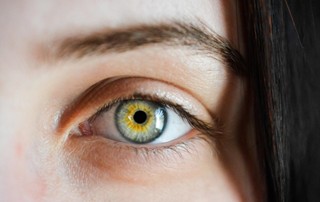
Fills the frame with a tiny detail to create drama, tension, or focus the viewer’s attention on something very specific. It shows intense detail or emotion, often focusing on part of the face (like the eyes or mouth) or a small object.
Close Up
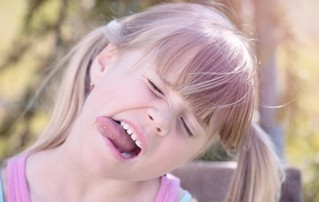
Shows the subject’s head and shoulders, filling most of the screen. It is used to highlight a character’s emotions or reactions, often during dialogue or key emotional moments.
Medium Shot

Frames the subject from the waist up, balancing detail and context. This is used to show body language while still capturing facial expression, common in dialogue scenes.
Long Shot

Shows the entire body of the subject, often with space above and below. It is used to show the full figure of a person and their surroundings, often to establish movement or setting.
Low-Angle Shot
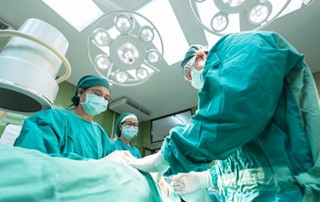
The camera looks up at the subject from below. It is used to make the subject look powerful, dominant, or intimidating.
High-Angle Shot
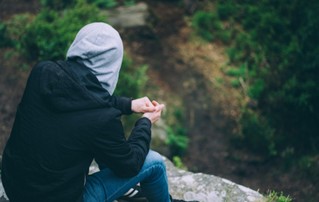
The camera looks down on the subject from above. It is used to make the subject look small, weak, or vulnerable.
Establishing Shot
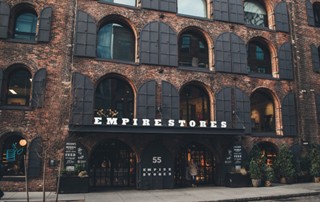
A wide or long shot, often of a building, landscape, or cityscape. This is used to show the setting and location before a scene begins, giving context to the action.
Point Of View (POV) Shot
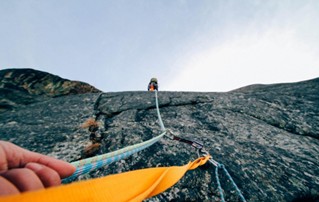
The camera mimics the character’s eyes, placing the viewer in their position. This is used to show what a character is seeing, creating a sense of immersion or empathy.
Next Page